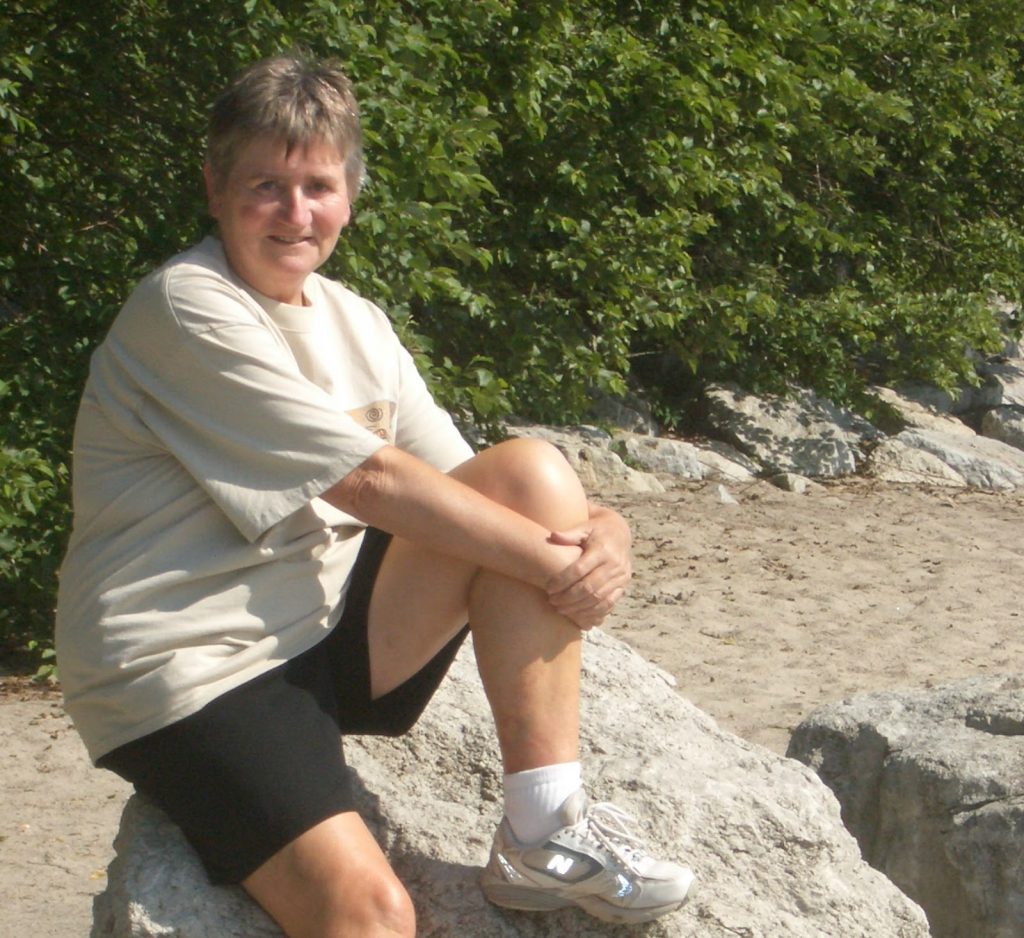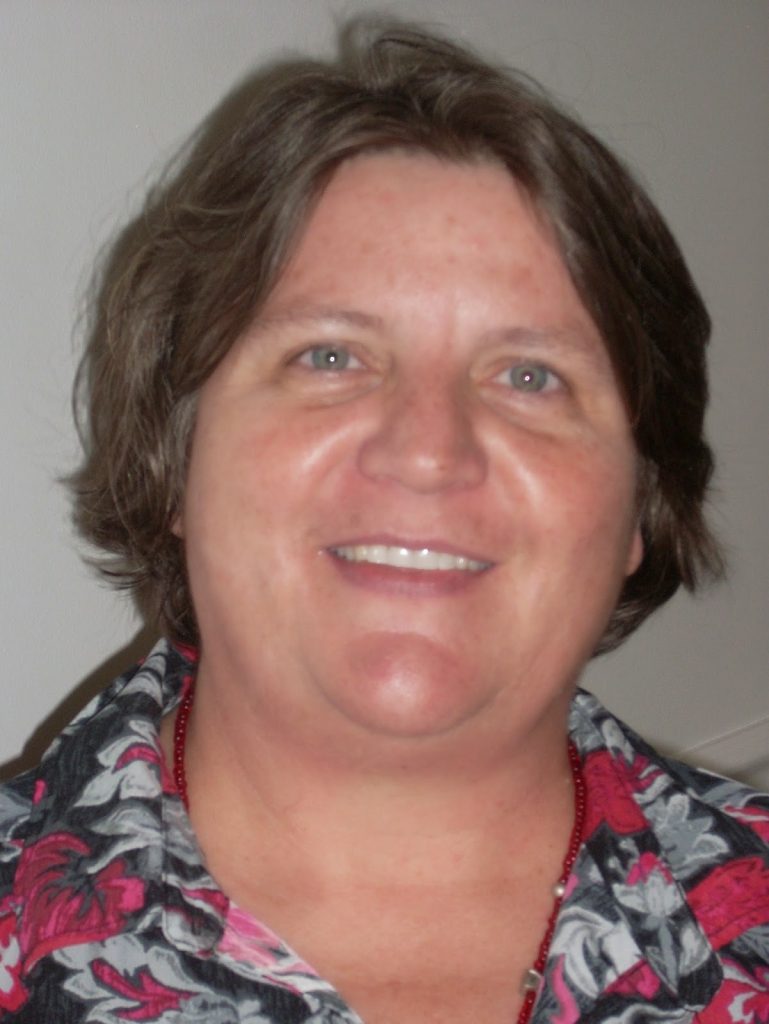When things don’t work, I try to figure out why. Then, I figure out if I can 1) fix it and make it work, 2) decide it’s unfixable and throw it out, 3) determine that it’s fixable, but not by me, so take it to an expert, or 4) in the case of electronic devices, sit and stare at it and hope it will magically fix itself.
In the old days this type of problem was much simpler. If I had a mouse trap that didn’t work, for example, I could look at it and see why it didn’t work: a wire is bent, the cheese was not put in there securely enough, the mouse is too smart for this particular design of trap. One could clearly see what the problem was. The solution that followed was also clear: bait it more securely, use a different type of trap, or get out the pliers, screw drivers, hammer, wire cutters, whatever tool was called for, make the adjustments until the thing works. The point is that it was all so clear and right there in front of your eyes to see.
That was in the old days. We gradually then started building better mouse traps–electronic ones, battery operated, factory sealed ones, or devices that have so many bells and whistles that the basic operation of it is hidden and its fundamental purpose is virtually forgotten.
Take any electronic device. Almost everyone now not only owns a computer or a telephone, ipad, ipod, blackberry, blueberry, or blue tooth, but we have all come to depend on our electronic devices. I am ashamed to say that if my computer stopped working, I would be lost and so would a ton of information that I need from day to day. Unlike the old days, in this case I don’t ever try to figure out why it’s not working. If I can’t read on the screen the magic message sent to me by…whoever sends those messages, the message that tells me why it’s not working and what to do about it–if I can’t read it on the screen, I’m lost. Fortunately this hasn’t happened to me yet. But I can see how easily it occurs. I’ve seen my spouse spill coffee on her lap top computer. Result: life as we know it comes to a screeching halt. The next two weeks of her life (and a bit of mine, too) was devoted to getting the thing fixed by one of those computer geeks. Life returned to normal when it was finally fixed.
Now, modern battery operated devices can also be a source of frustration when they don’t work. These are the rechargeable tools that we once worked by hand. For example the electric toothbrush. Things like this are always factory sealed, the innards are not to be touched by human hands–ever, under any circumstances. Don’t even THINK about fixing it. Throw it out, get a new one. Don’t fight it. It’s a waste of energy. Trust me, you’ll lose the battle. Oh well, at least in the case of toothbrushes one can always go back to the old fashioned type. They ARE still out there.
Brilliant scientists and mathematicians are warning that we humans are in danger of losing control. The electronic brains that we are building could progress beyond our present capabilities and take over our lives. I find it hard to imagine that happening, or what that would be like, but the warning is clear and must be taken seriously.
Now here’s something that doesn’t work, but that IS fixable. Our government–ours is not the only one on the planet that doesn’t work, but it’s the one I know best and the one that I live with. Actually stacked up against most other governments in the world ours is better than most. Lately ’though, we’ve heard a lot about our broken government. In my opinion it’s not really the government per se, it’s not the system that’s broken. It’s the implementation of the system that is faulty. The flaws as I see it stem from human failings and frailties such as greed, selfishness, and a need to protect the ego causing lack of foresight, lack of compassion for others, denial, an inability and unwillingness to look inside, into the soul, where the source of the problem exists. It is not just some of our representatives in the government who are flawed. It is some of us who vote as well as and those who do not vote, those who speak out as well as those who put their heads in the sand. We are a failing if not failed species. Maybe that’s where we can start trying to fix it: admitting humbly that we are failing in many ways but that there is a fix. And I don’t mean going to war to prove that our fix is the best one or the only one.
Our technology advances by leaps and bounds every day. Devices purported to make our lives richer, healthier and happier abound. These advances are driven by the endless imagination of the human mind and spirit, and spurred on by a market economy. I would like to think that the same advances could be made in the area of human caring for one another, and caring for our mother earth. A little foresight is in order–an ability to look beyond the immediate future–to look at the consequences of our behavior for the next several centuries, not just the next election and the consequences of our exploitation of natural resources.
At election time we often see some of our leaders in the government thrown out in favor of new ones–as if it were a worn out tool or device that doesn’t work anymore. In my opinion we often are too hasty in throwing out well honed skills and the wisdom that comes with experience when we do that.
I dread to think that there may be a day when it turns out that humans are not fixable and must be thrown out. I much prefer to think that the human condition is fixable, that the basic goodness intrinsic in all humans is not factory sealed within its individual and collective containers; that that essential goodness can always be directed toward each other and toward caring for the planet.
© 8 December 2014
About the Author
Betsy has been active in the GLBT community including PFLAG, the Denver women’s chorus, OLOC (Old Lesbians Organizing for Change). She has been retired from the Human Services field for about 15 years. Since her retirement, her major activities include tennis, camping, traveling, teaching skiing as a volunteer instructor with National Sports Center for the Disabled, and learning. Betsy came out as a lesbian after 25 years of marriage. She has a close relationship with her three children and enjoys spending time with her four grandchildren. Betsy says her greatest and most meaningful enjoyment comes from sharing her life with her partner of 25 years, Gillian Edwards.










